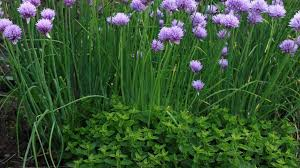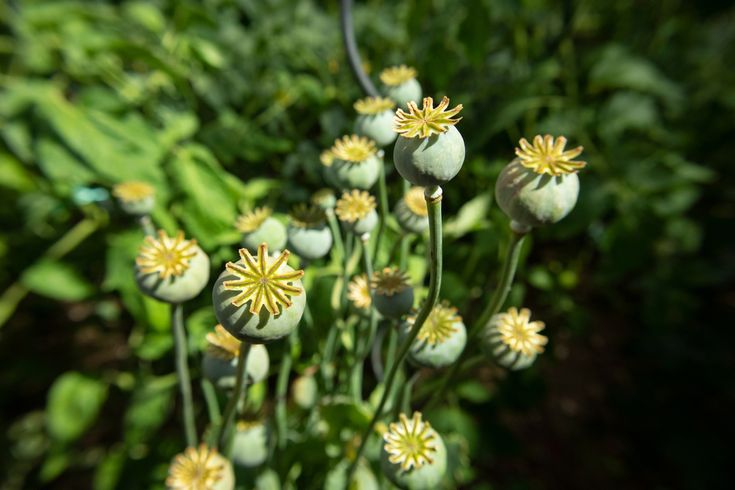Self-seeding plants are a gardener’s secret weapon. While they might seem like a nuisance when a crop bolts prematurely, they can actually simplify your gardening routine. These resilient plants help create a self-sustaining garden ecosystem by naturally reproducing each season without the need for manual sowing. Here’s how you can make the most of them, from managing self-seeding to choosing the right varieties.
Managing Self-Seeding Plants
When annual or biennial plants flower or “bolt,” their life cycle is nearing its end. However, this marks the beginning of their next generation. Instead of lamenting over bolted crops, take a step back and allow nature to handle the next planting season. Let the flowers fade, and the seeds will ripen, eventually shedding themselves onto the soil.
For those who want to control where the seeds land, simply cut the seed heads before they drop and shake them in your desired location. You can rub the dried seed heads between your hands or crush them underfoot to break them apart. Once spread, lightly rake them into the soil and water gently using a fine rose watering can to avoid washing them away. Once the seedlings appear, mulch around them with compost or organic matter to keep weeds down and retain moisture.

If you prefer more control, you can transplant seedlings once they have developed their first true leaves (the adult leaves after the initial seed leaves). When doing so, make sure to maintain a plug of moist soil around the roots to minimize damage during the transplanting process. This method also allows for better organization, spacing, and easy access for weeding.
Best Self-Seeding Plants
Several common edible plants are natural self-seeders, making them great additions to any garden. Arugula, mustard, lettuce, and radishes are among the best self-seeding vegetables. Herbs like chamomile, cilantro, and dill also thrive from self-seeding. For warmer climates, tomatoes and tomatillos can reseed themselves, though if you’ve experienced blight, it’s best to remove these volunteer plants to prevent disease spread.
Biennial plants, including carrots, parsnips, parsley, and kale, grow leaves and roots in their first year. If left unharvested, they will flower and produce seeds in the second year, offering an early source of pollen and nectar for insects before giving up their seeds.
Don’t forget about flowers! Annuals like bachelor’s buttons, calendula, nasturtiums, and poached egg plants, as well as biennials like foxgloves, honesty, and teasel, are all fantastic self-seeders that also attract beneficial wildlife.

Open-Pollinated vs. F1 Hybrids
While open-pollinated (or heirloom) varieties tend to produce seeds that grow true to type, F1 hybrid plants may not. If you want consistent results and prefer your seedlings to match their parent plant, stick to open-pollinated varieties. However, if you’re feeling adventurous, planting different varieties of the same crop can result in unexpected (and sometimes interesting) crossbreeds.
Weedy Self-Seeders to Watch
Not all self-seeders are beneficial for your garden. Some, like chives, garlic chives, and borage, can quickly become invasive, popping up all over your garden. If these plants are allowed to flower, they’ll release numerous seeds, so it’s essential to clip the spent flowers or seed heads before they ripen.
Be vigilant and remove any self-seeding plants that outgrow their designated space to prevent them from becoming a weed problem.

The Benefits of Self-Seeding
Allowing plants to self-seed not only saves money on purchasing seeds, but it also frees up valuable greenhouse space. Additionally, self-seeding plants attract pollinators like hoverflies, boosting biodiversity and supporting the health of your garden. The added bonus? You get to enjoy more beautiful flowers with little to no effort.
Self-seeding plants are an invaluable tool in any gardener’s arsenal, making it easier than ever to create a thriving, low-maintenance garden.
What are your favorite self-seeding plants? Share your thoughts in the comments and let us know where you garden!
